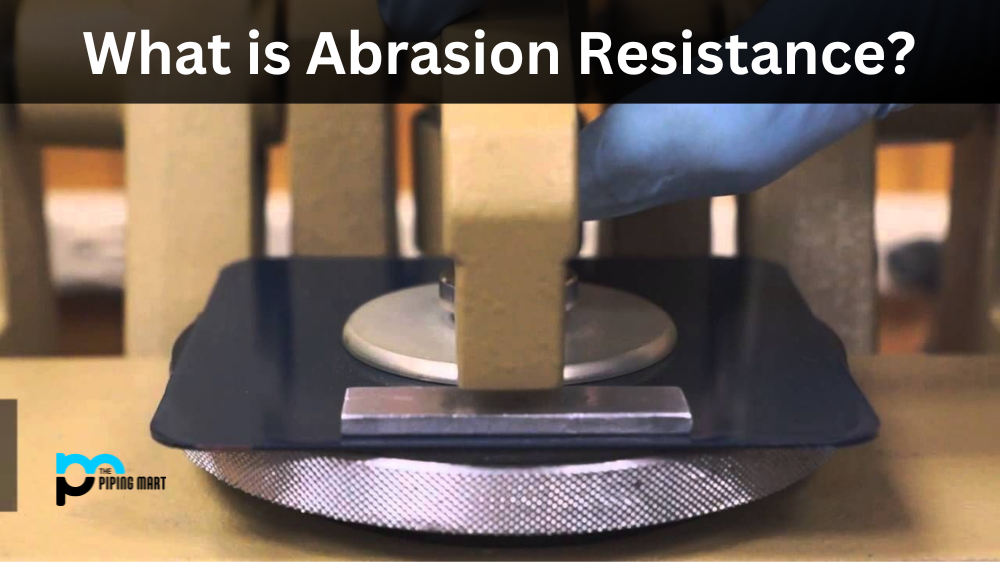Abrasion resistance measures the material’s ability to withstand wear and tear from friction, impact, or other external forces. It is crucial for maintaining the structural integrity of materials used in everyday life, such as clothing, carpets, furniture, and vehicles. This blog post will discuss why abrasion resistant is so important and how it can be achieved.
What is Abrasion Resistance?
Abrasion resistance is a measure of how well a material can withstand the action of being rubbed against a rough surface. When testing abrasion resistance, manufacturers can evaluate levels of wear on surfaces in order to determine which materials have greater durability and longevity. There are different methods used to measure abrasion resistance such as Taber abrasive test, Martindale Abrasion Test and Abradable Seal Test. These tests simulate various usage conditions for products that come into contact with abrasive surfaces so that manufacturers can understand the performance and life expectancy of the product. In general, it is important for manufacturers to consider abrasion resistance when choosing the most appropriate materials for their product design and production process.
Abrasion resistance formula: Maximum number of revolution = wear layer/abraded depth x 1,000rev.
Why is Abrasion Resistance Important?
Abrasion resistance is critical for any material that will come into contact with rough surfaces or have significant friction applied during its lifetime. Without abrasion resistance, objects would wear down quickly, leading to costly repairs or replacements. Clothes made without abrasion resistance may start to pill after a few wears, while car tires without abrasion resistance would require frequent replacements due to excessive tread loss.
How Can Abrasion Resistance Be Improved?
Some treatments can be applied to improve the abrasion resistance of a given material. Coating material with an additional layer can help protect against surface damage and significantly increase durability. This can be done through chemical treatments such as applying waxes or polymers or physical treatments such as sandblasting or grinding the material’s surface. Additionally, using high-quality materials that are naturally more resistant to wear and tear can also help improve abrasion resistance in the long run.
Conclusion:
In conclusion, abrasion resistance is an essential measure of a material’s ability to withstand wear and tear from friction, impact, or other external forces. Poorly maintained materials will quickly deteriorate, leading to costly repairs or replacements over time. Fortunately, there are several ways you can improve your materials’ abrasion resistance, whether through coating them with additional layers, abrasive treatments such as sandblasting or grinding the surfaces, or using high-quality materials that are naturally more durable. Website owners and DIYers should remember this when choosing materials for their projects!

Pipingmart is a B2B portal that specializes in metal, industrial and piping items. Additionally, we share the latest information and information about materials, products and various types of grades to assist businesses that are involved in this business.




